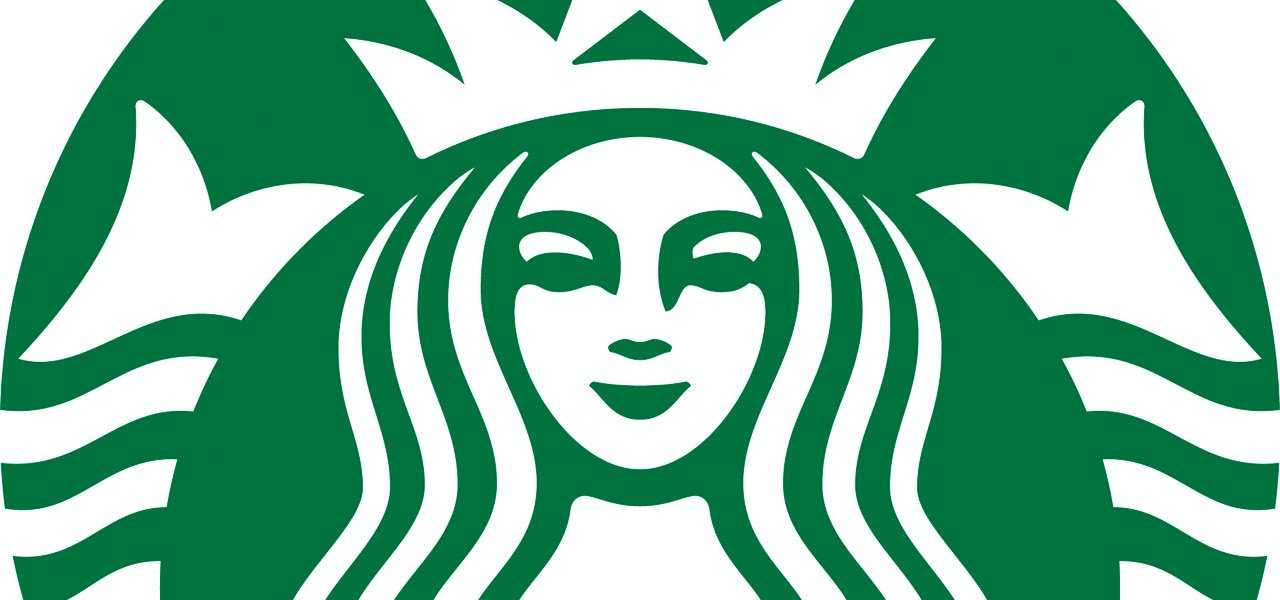by ANNE MARIE CHAKER*
How long will you wait for the perfect cup of coffee?
Once about speed—sloshed into a paper cup and gulped on the ride to work—quick coffee now signals cheap coffee and not what customers want. More coffee shops are betting that a wait of four minutes or more is desirable. It takes that long for a cup of coffee dripped through an hourglass-shaped carafe or for a ‘pour-over’ where baristas pour hot water over a filter of coffee into a single mug.
‘To brew each cup by order takes more people, better trained people. It’s a significantly higher burden for the business.’
Michael Phillips, Blue Bottle Coffee
Tad Jusczyk says he waits somewhere between five and 10 minutes for his 10:30 a.m. coffee at D Squared Java in Exeter, N.H. Three different varieties are listed on a chalkboard, and the barista brews his cup at 205 degrees Fahrenheit. On a recent morning, the 35-year old architect requested the Ethiopian Chelelektu grounds brewed on a “bee house” ceramic dripper. He paid $4 and waited while reading the second book of “My Struggle” by Karl Ove Knausgaard. “I like the fact that it takes a little longer,” he says. “It’s a mental break.”
One benefit of slower-brewed coffee is that the coffee vendor has more control over the process and, as a result, taste. Water is heated to an ideal temperature—between 195 and 205 degrees Fahrenheit—and they select the beans they want for each cup and grind them fresh.
Coffee shops are weighing costs and revenues of slower service by evaluating employees behind the counter, longer brew times, and how that affects prices and lines.
“It’s ‘how do I balance the quickness with the slowness,’” says Peter Giuliano, a senior director at the Specialty Coffee Association of America, a Santa Ana, Calif.-based trade association representing roasters, farmers and baristas. The industry term for a coffee counter that contains manual brew methods is “slow bar,” says Giuliano. “There is a surprising number of people who want to slow down and enjoy for 15 minutes.”
Consumers in their 20s and 30s who grew up around Starbucks and coffee culture’s bolder flavors are helping drive the slower service, says Spencer Turer, vice president of Coffee Analysts, a coffee consulting firm in Burlington, Vt. “They started where we evolved into,” he says. That conversation with the barista is a key part of the experience, he says. Coffee shops sometimes offer lower countertops so that customers can see their drink being made to order.
Businesses are saying “I’m going to slow from 30 seconds to five minutes, how much am I going to charge to cover loss of volume in order to make this a viable business,” says Turer. The standard coffee shop model used to be about moving 500 people through the store a day for $1.50 a cup, he says.
An expanded version of this report appears at WSJ.com.
















